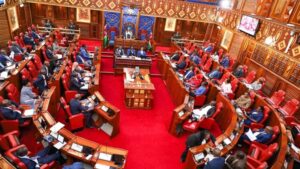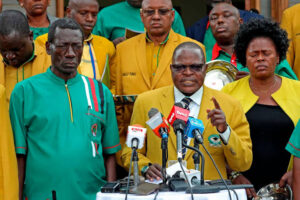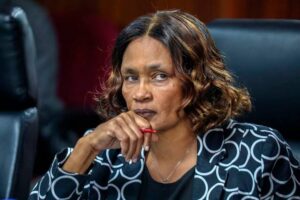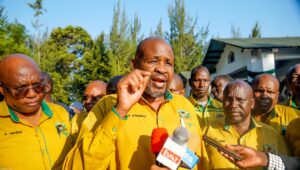Kenya’s proposed Junior School management overhaul has ignited heated opposition from Knut and KEPSHA leaders, who warn that placing junior school teachers over primary heads is unacceptable and disruptive.
Kenya’s education landscape is once again engulfed in turmoil after the Teachers Service Commission (TSC) introduced a new administrative model that could place Junior School (JS) teachers in supervisory roles above experienced primary school heads. The proposal has triggered sharp opposition from the Kenya Primary School Heads Association (KEPSHA) and the Kenya National Union of Teachers (Knut), who argue that the move undermines established leadership structures and professional experience.
TSC Director of Staffing Antonina Lentoijoni recently announced that comprehensive schools may soon be headed by a principal, supported by two deputies — one managing primary operations and the other overseeing junior school. This shift is meant to streamline management as the Competency-Based Curriculum (CBC) continues to evolve.
But the announcement sparked immediate backlash.
KEPSHA national chairperson Fuad Ali dismissed the idea, warning that junior school teachers cannot outrank primary heads who have decades of experience running institutions. He accused TSC of introducing “politics” into school management by positioning newly graduated teachers above seasoned administrators.
Ali stated that young junior school teachers should instead transition to senior school if they cannot respect the existing chain of command.
On its part, Knut argued that teacher promotions must be anchored in experience, not academic certificates alone. Secretary-General Collins Oyuu emphasized that no teacher should jump from college into a deputy-level role without demonstrating years of service. Historically, he noted, Kenya’s education structure — from the junior secondary era to senior levels — was always led by a single principal with seniority.
Oyuu insisted that TSC must prioritize long-serving teachers when making appointments, warning that unions are watching closely to ensure fairness.
This controversy comes amid constant tensions in schools since the domiciling of Junior School in primary institutions. For nearly three years, primary heads and JS teachers have clashed over responsibilities, authority, and job descriptions.
TSC Acting CEO Evaleen Mitei has acknowledged the administrative strain head teachers face, including long hours, complex stakeholder engagement, and the challenge of leading multi-generational staff teams. She urged educators to embrace adaptive leadership — a modern, flexible style that fosters collaboration rather than conflict.
According to Mitei, merging school levels has created workforces comprising Baby Boomers, Gen X, Millennials, and Gen Z. She encouraged school leaders to leverage this diversity, strengthen communication, and modernize teaching through ICT and continuous capacity building.
Despite Mitei’s conciliatory tone, it is clear that the debate is far from over. KEPSHA insists it will not accept any structure that diminishes the authority of primary school heads, while Knut vows to resist a system that promotes teachers based on fresh qualifications rather than experience.
With TSC still reviewing staffing norms under the Presidential Working Party on Education Reforms, the final administrative framework remains uncertain. What is clear, however, is that the battle for control in comprehensive schools has only just begun.






